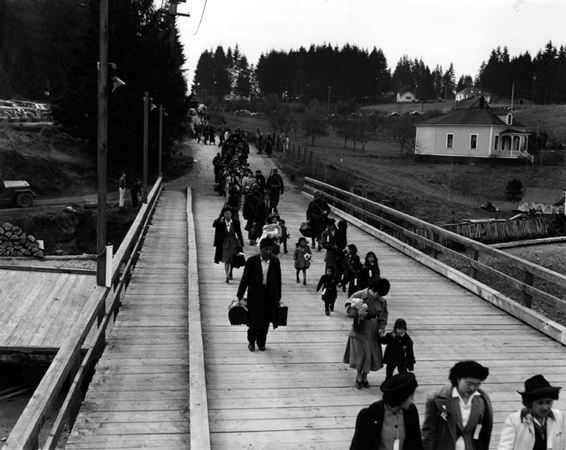Treasures of the Archives: Minutes and Meeting Records: Local Response to Japanese Relocation

On December 7, 1941 Japanese aircraft executed a surprise attack on Pearl Harbor, a U.S. naval base in Hawaii. Just three months later, in March 1942, President Franklin Roosevelt signed Executive Order 9102, which established the War Relocation Authority. The agency was tasked with removing and interning Japanese Americans in the coastal areas of the West Coast, where they were perceived by the government to be the greatest threat for acts of espionage. One of the first removals occurred in the Bainbridge Island area, just outside of Seattle.
The problem with removing people from the coast is that you have to find somewhere to put them. The War Relocation Authority’s plan was to move people of Japanese descent towards the interior and away from the coast. But as you may have guessed, communities in the interior were not excited to receive Japanese Americans. The controversy surfaced in city council and county commissioner meetings from across the east side of the state. The responses varied, but some were extreme. For example, the Grant County Commissioners were opposed to the relocation of Japanese to Grant County unless a “concentration camp” was built in order to imprison them.
Using keyword searches of the Minutes and Meeting Records are an effective way to unpack local perspectives on national issues. While trying to understand local impacts of forced relocation, searching the collection for the word “Japanese,” and then sorting it by date, revealed an organized effort to prevent displaced Japanese from resettling in their communities during World War II.
Written by Logan Camporeale

